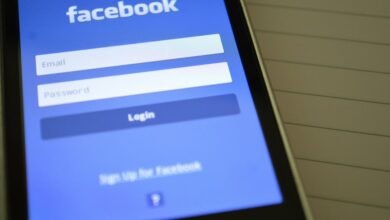Caller ID Security Warning Access Log 3391579347 3511894579 3405028141 3277262664 3511705790 3383189986

The Caller ID Security Warning Access Log highlights several phone numbers linked to potential caller ID spoofing and scams. These numbers have reportedly been used to impersonate legitimate organizations, raising concerns about identity theft and financial risk for individuals. Understanding the implications of such activities is essential. The next steps involve examining common scams associated with caller ID manipulation and how individuals can protect their personal information effectively.
Understanding Caller ID and Its Risks
Although Caller ID technology has become a standard feature in modern telecommunications, its inherent vulnerabilities pose significant risks to user privacy and security.
The manipulation of caller information can lead to unwarranted surveillance and data breaches, undermining the fundamental right to privacy.
Understanding these privacy implications is crucial for users seeking to protect their personal information in an increasingly interconnected digital landscape.
Common Scams Associated With Caller ID Spoofing
How can individuals effectively safeguard themselves against the rising tide of scams stemming from caller ID spoofing?
Common scams utilize various scam tactics, including impersonating government agencies or financial institutions.
Spoofing techniques enable fraudsters to manipulate caller ID, creating a façade of legitimacy.
Victims may unwittingly provide sensitive information, leading to identity theft and financial loss, underscoring the importance of awareness in combating these deceptive practices.
Tips for Protecting Your Caller ID Information
While many individuals may underestimate the importance of safeguarding their caller ID information, implementing protective measures is essential in an era where spoofing techniques are increasingly sophisticated.
To enhance caller ID privacy, users should utilize secure communication methods, such as encrypted messaging apps.
Additionally, regularly updating device software can minimize vulnerabilities, while being cautious about sharing personal information can further protect against unauthorized access.
What to Do If You Receive Suspicious Calls
When faced with suspicious calls, individuals must assess the situation critically to determine the appropriate response.
Effective suspicious call responses include not engaging with the caller, verifying the caller’s identity independently, and documenting details of the interaction.
Reporting scams to relevant authorities is crucial for preventing further victimization and protecting personal information.
Vigilance and proactive measures are essential in maintaining security.
Conclusion
In light of the red flags raised by the Caller ID Security Warning Access Log, it becomes imperative for individuals to navigate the telephonic landscape with heightened awareness. The veiled threats posed by potential impersonators necessitate a proactive approach to safeguarding personal information. By adhering to best practices in caller verification and remaining alert to the subtleties of communication, users can effectively fortify their defenses against the shadowy figures that lurk behind misleading numbers.




